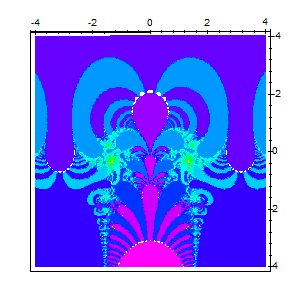
Fig. 1: The Exponential Fractal: iterations: 100, bailout: 1e10
(The presentation that follows is a light introduction. For more austere results, consult Paper 1).
Having seen The Infinite Tetration Fractal, it is now instructive to examine the fractal which describes the dynamics of the map z|->exp(z).
The exponential fractal can be seen as a particular Julia Set in the parameter space (Mandelbrot Set) of the Infinite Tetration Fractal. Whereas the Infinite Tetration Fractal iterates the map z|->cz, the Exponential Fractal fixes c=e and iterates the map z|->exp(z).
We include the Maple version here for completeness. The following Maple code produces the fractal:
> EF:=proc(x,y)
> local m,z;
> z:=evalf(x+y*I);
> m:=0;
> to 100 while abs(z)<1e10 do #100 is the iterations, 1e10 is the bailout
> z:=exp(z);
> m:=m+1;
> od;
> m;
> end:
> plot3d(EF, -4..4, -4..4, grid=[300,300], shading=ZHUE,scaling=CONSTRAINED, style=PATCHNOGRID, orientation=[0,0], axes=BOX);



The "fingers" are a computer artifact of all Cantor-bouquet type fractals[1]. The fractal components, called hairs are infinitely thin, so they accumulate at certain points of the fractal and form "bubbles" or "fingers". You can only resolve them further by increasing the bailout value.
Increasing the bailout value doesn't solve the resolution problem completely, however. The hairs will accumulate somewhere else, lower on the fractal, because in certain areas they are infinitely close to each other and eventually this will beat your resolution.
Note how the fingers have receded somewhat more on the last fractal. That's about the best that can be done using 18 digits of precision. If your program allows for a larger number of digits, then the hairs will split/recede even further, but at some point they will still form unresolvable "fingers".
The pixel resolution on all the above is 8/300. The size of the fingers on the last fractal is dependent on the bailout value of 1e18. If this is set higher, the "fingers" will get thinner as more points escape, but they will never become infinitely thin.
Think of it as follows: You get a bunch of very thin hairs flowing in the wind. If you tie them with a knot as with regular hair, eventually you will get a dense "pony-tail". Those fingers are actually "pony-tails", which at some point separate into their actual components, which in turn separate more, etc., depending on the local resolution.
Had the bailout been set to a very large value, one'd see essentially no hairs at all, as the hairs would become thinner than computer pixels.
A moderately high bailout value, like that in Fig. 3, eventually reveals the fixed points of the map z|->exp(z) (yellow/red points). p=1-period fixed points are given as zk=-W(k,-1), where W is Lambert's W function. All p≥1-period fixed points are repellers[3].